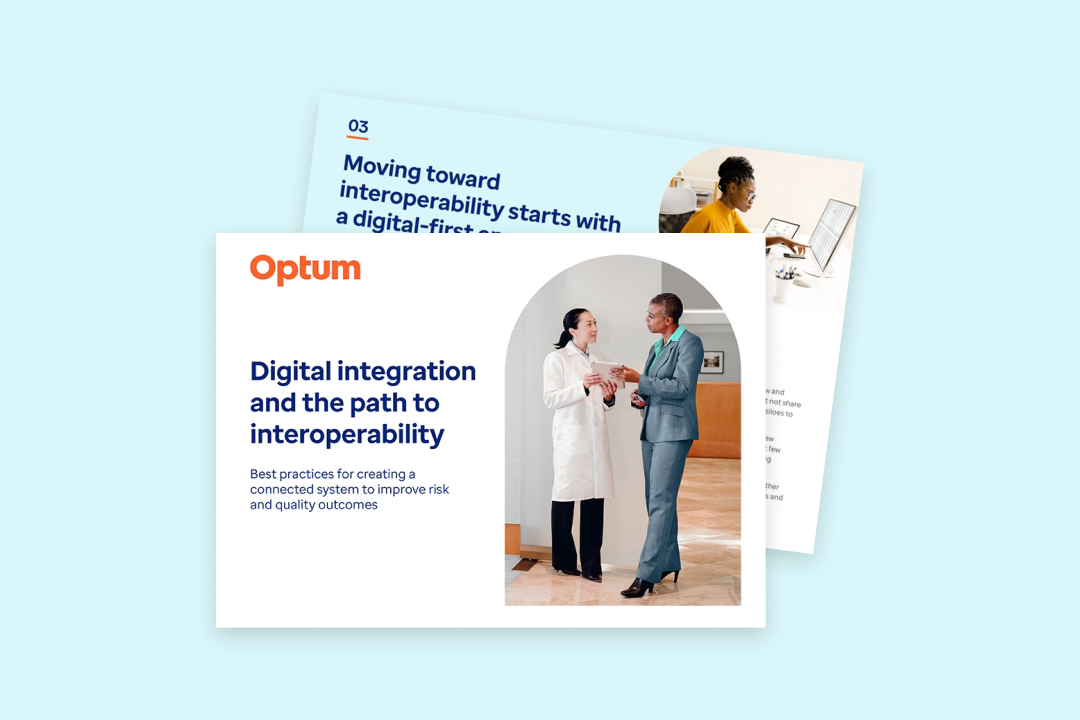Three key areas of transformation
- Value for cost and intelligence delivery — One of the main areas of transformation is finding new ways to deliver more features and intelligence. This includes automation, advanced AI and machine learning. These technologies are enabling us to process and analyze data more efficiently, enhancing the value our clients receive from their investment. For example, our AI models can quickly identify potential gaps in care, which may reduce the need for manual chart reviews and saving both time and resources.
- Digitization across the industry — The second area of focus is the digitization of healthcare processes. We are working to integrate our solutions directly into the healthcare workflow, making it easier for providers to access and act on our insights. For instance, we are developing APIs that can trigger requests to Optum when a patient has an upcoming appointment. We then send back any identified gaps or conditions for the provider to review during the visit. This helps enable providers with the necessary information at the point of care without leaving their EMR.
- Efficient service delivery — The third area of advancement is how our services are delivered. We are shifting to solutions that provide the same or better outcomes, but with faster, smarter implementation. This means leveraging AI and machine learning to assist in tasks that were traditionally manual, such as accessing medical records and documenting health conditions. Our ability to help provide a highly accurate and complete picture of patient health is reaching new levels, not only within risk adjustment but across the healthcare industry.




